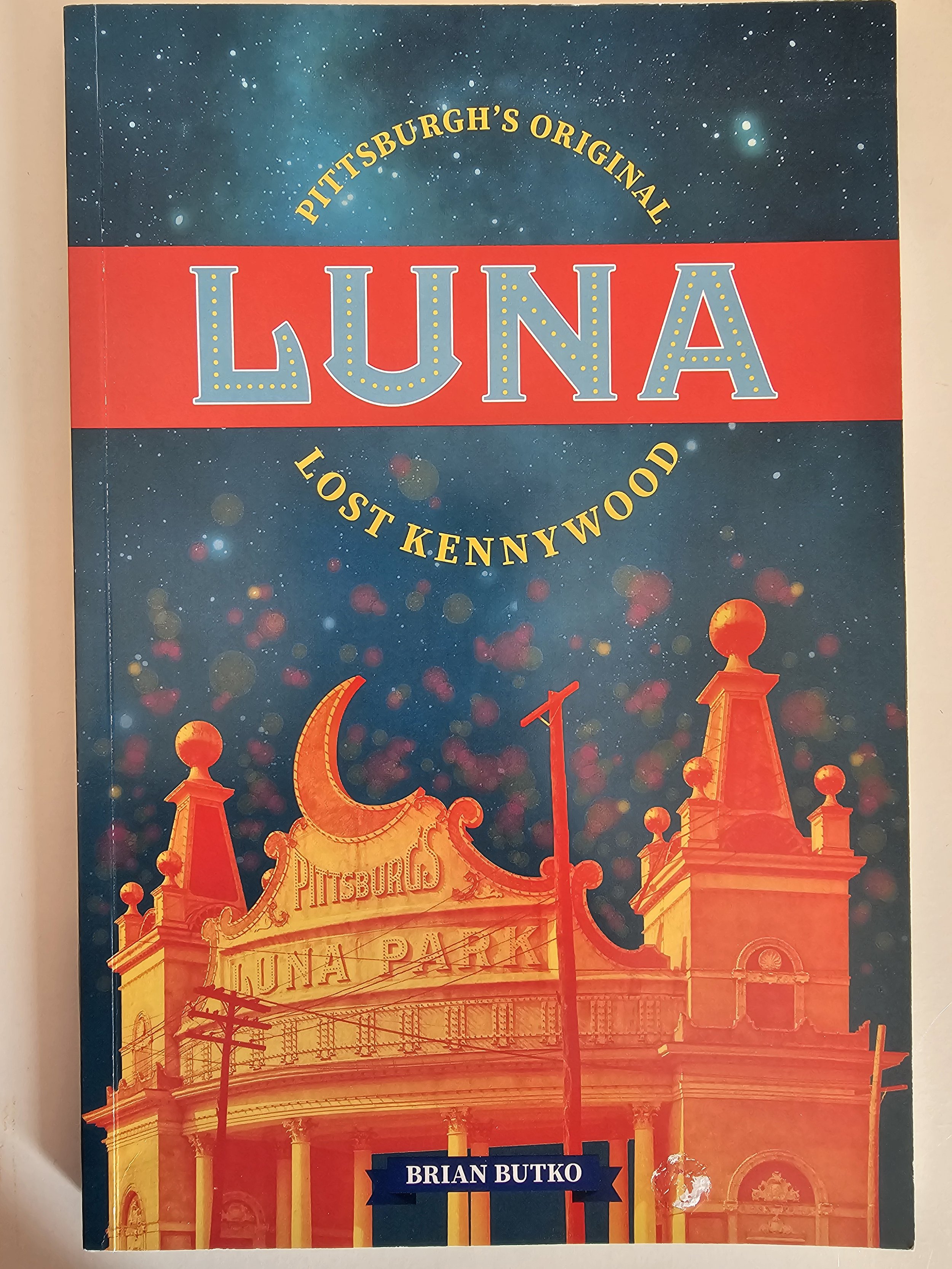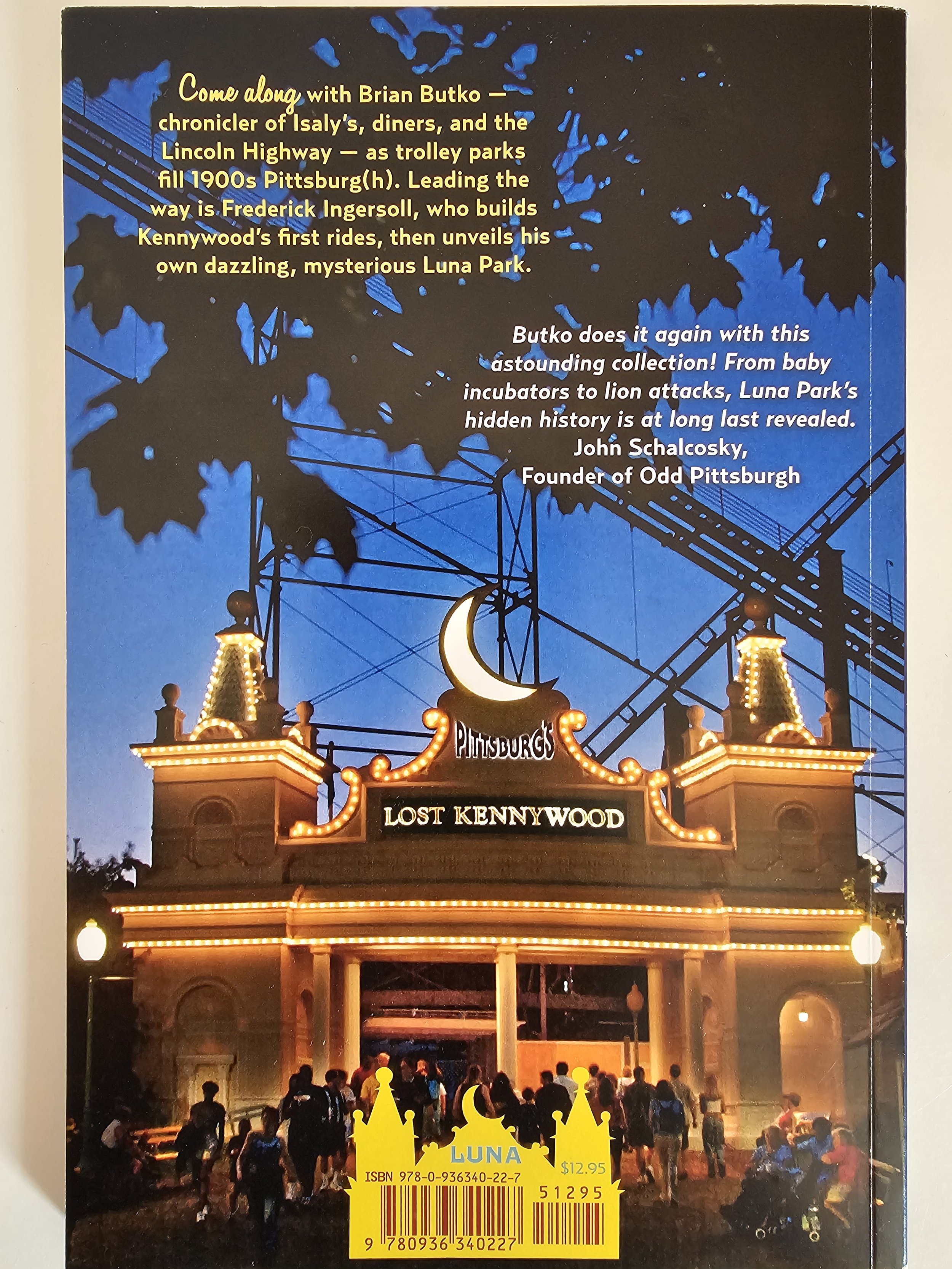Black Elk's Religion by Clyde Holler
Paperback; Used — Good condition
MSRP: $19.95
In this religious history of the spiritual life of the great Lakota leader Black Elk, Clyde Holler reconstructs the development of the Lakota Sun Dance—the central religious ritual of the Lakota tradition, which is essential to understanding Black Elk's thought. This comprehensive study of the dance, which was banned by the U.S. government in 1883, shows how Black Elk adapted the dance to the conditions and circumstances of reservation life and reinterpreted it in terms commensurate with Christianity. A creative thinker, rather than a passive informant on his people's past, Black Elk was both a sincere traditionalist and a sincere Christian, seeing the two religious traditions as expressions of the sacred.
Through a firsthand account of the dance associated with Frank Fools Crow at Three Mile Camp, near Kyle, South Dakota, the author demonstrates how the contemporary Sun Dance reflects Black Elk's vision. Holler 's book is a penetrating model of philosophical engagement with native North American religion that is carried out in close dialogue with anthropology. Readers who were captivated by John G. Neihardt's gripping portrait of Black Elk in Black Elk Speaks may be surprised to learn that he was a vital and creative leader until his death in 1950, and not the broken, despairing old man made famous by Neihardt. As the greatest native American religious thinker of North America, much has been written about Black Elk, his life and influence; but of those works, Roller's is likely to stand out as the most capacious in breadth and analysis.
Paperback; Used — Good condition
MSRP: $19.95
In this religious history of the spiritual life of the great Lakota leader Black Elk, Clyde Holler reconstructs the development of the Lakota Sun Dance—the central religious ritual of the Lakota tradition, which is essential to understanding Black Elk's thought. This comprehensive study of the dance, which was banned by the U.S. government in 1883, shows how Black Elk adapted the dance to the conditions and circumstances of reservation life and reinterpreted it in terms commensurate with Christianity. A creative thinker, rather than a passive informant on his people's past, Black Elk was both a sincere traditionalist and a sincere Christian, seeing the two religious traditions as expressions of the sacred.
Through a firsthand account of the dance associated with Frank Fools Crow at Three Mile Camp, near Kyle, South Dakota, the author demonstrates how the contemporary Sun Dance reflects Black Elk's vision. Holler 's book is a penetrating model of philosophical engagement with native North American religion that is carried out in close dialogue with anthropology. Readers who were captivated by John G. Neihardt's gripping portrait of Black Elk in Black Elk Speaks may be surprised to learn that he was a vital and creative leader until his death in 1950, and not the broken, despairing old man made famous by Neihardt. As the greatest native American religious thinker of North America, much has been written about Black Elk, his life and influence; but of those works, Roller's is likely to stand out as the most capacious in breadth and analysis.
Paperback; Used — Good condition
MSRP: $19.95
In this religious history of the spiritual life of the great Lakota leader Black Elk, Clyde Holler reconstructs the development of the Lakota Sun Dance—the central religious ritual of the Lakota tradition, which is essential to understanding Black Elk's thought. This comprehensive study of the dance, which was banned by the U.S. government in 1883, shows how Black Elk adapted the dance to the conditions and circumstances of reservation life and reinterpreted it in terms commensurate with Christianity. A creative thinker, rather than a passive informant on his people's past, Black Elk was both a sincere traditionalist and a sincere Christian, seeing the two religious traditions as expressions of the sacred.
Through a firsthand account of the dance associated with Frank Fools Crow at Three Mile Camp, near Kyle, South Dakota, the author demonstrates how the contemporary Sun Dance reflects Black Elk's vision. Holler 's book is a penetrating model of philosophical engagement with native North American religion that is carried out in close dialogue with anthropology. Readers who were captivated by John G. Neihardt's gripping portrait of Black Elk in Black Elk Speaks may be surprised to learn that he was a vital and creative leader until his death in 1950, and not the broken, despairing old man made famous by Neihardt. As the greatest native American religious thinker of North America, much has been written about Black Elk, his life and influence; but of those works, Roller's is likely to stand out as the most capacious in breadth and analysis.















